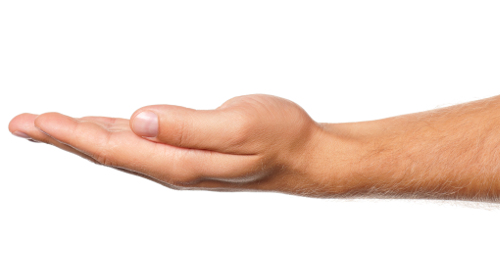
Quixter, a Swedish startup, has released a biometric identifier it claims allows consumers to pay for goods and services using the palm of their hands.
CBR tells you five things you need to know about it.
1. The aim
The aim is to deliver a payment system that’s faster at about half of the cost of card payment terminals.
Creator Fredrik Leifland, who is an engineering student at Lund University in Sweden, told CBR: "It’s fast and easy to use and there’s no need to carry a card or any other physical item. We want to make payments easier and more convenient for consumers while improving efficiency for retailers."
2. How does it work?
The scanning method is called palm vein technology and works by photographing the hand with infrared light into the payment device, which reveals the unique veins beneath the skin that is then processed for verification.
Users can make payments once they sign up at a shop or restaurant equipped with a Quixter device. They then receive a text message with a unique activation link, allowing them to complete the process online. When paying for an item or service, they have to enter the last four digits of their phone number before scanning their hand. Payments are then taken directly from users’ bank accounts twice a month.
Leifland said: "This code is just to confirm that they want to pay and does not have to be kept secret. The security of the system is not dependent on this code."
3. Is it secure?
The method is secure and safer than traditional methods because every vein pattern in a hand is unique, according to Leifland.
He said: "The greatest advantage of the system is that there is no way to falsify the vein pattern of the hand.
"The scanning technology is also good for privacy because, unlike fingerprints, it cannot be extracted from objects that have been touched. Identification is therefore only possible with the consent of the user."
4. Cost
It costs nothing to pay with Quixter. The price in the store is the same as if you had paid cash.
5. Availability
At the moment, the biometric scanners have been installed in 15 stores and restaurants around the Lund University campus and some 1,600 users have already signed up. The firm is currently focusing on its home market as well as other markets around Sweden.






